tourist attractions
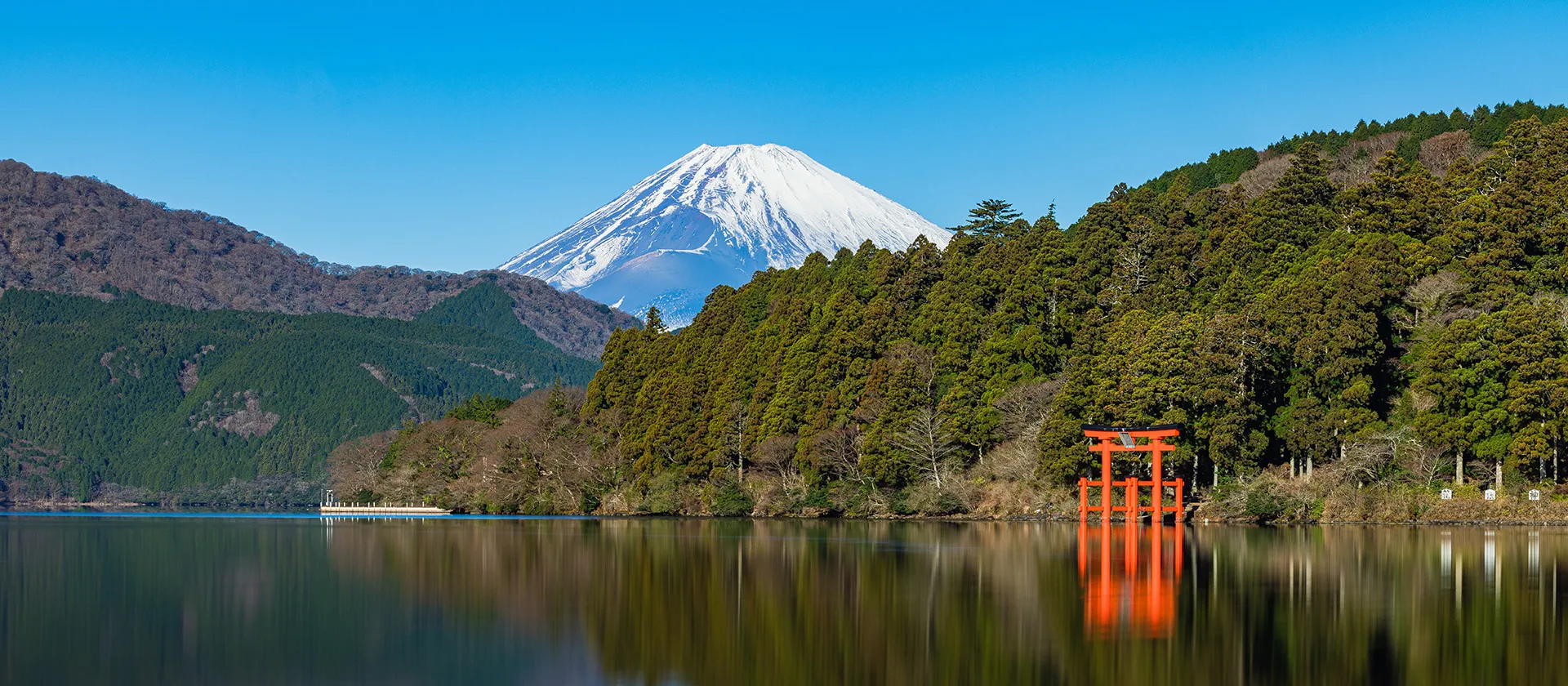
- TOP
- tourist attractions
Plan

One Day Mt.Fuji photography Tour
-Mt.Fuji shows different views each season-
The tour will take you to the spectacular spot with a view of the World Heritage-listed Mt Fuji.
The tour will guide you to beautiful landscape of Mt.Fuji in the morning air, as a symbol of Japan from long long time ago.
*Approximately a 20-minute drive from the hotel.
Activity
The Hiking trail for Mt.Sengen (FUJI VIEW STAND)
Behind Fujiya Hotel, Mt. Sengen stretches out.
The summit is covered with grass and offers a place to rest. Halfway up the mountain, there is a spot called FUJI VIEW STAND where visitors can view Mt. Fuji, and beyond this is Sengen Shrine, which is enshrined because of its view of Mt. Fuji. From the summit, a path leads downhill to Chisuji Waterfall.
*Elevation Difference 373m
*Required Time 2h30mins
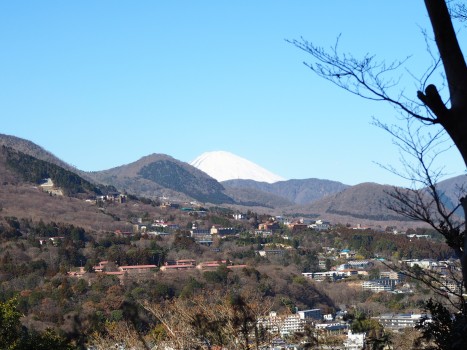
Daihakone Country Club
Every time you play a round of golf, you make new discoveries.
Enjoy golf to the fullest on a flat and wide champion course
laid out on a vast piece of land in Sengokuhara amid the magnificent nature, with the somma of Mt. Hakone in the background.
The 17th hole, also called a “lotus flower” as it is surrounded by beautifully shaped bunkers, is a difficult but reputed hole that intrigues many of the golfers to conquer it.
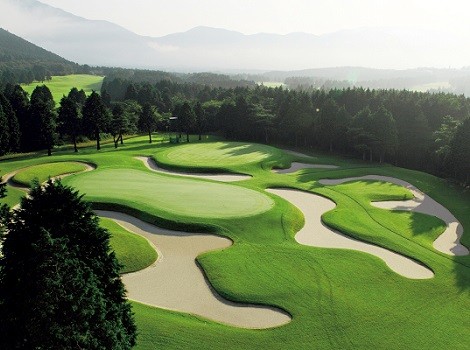
Fuji Course at Kawana Hotel Golf Course
Fuji Course at Kawana Hotel Golf Course is a picturesque seaside links course that offers breathtaking views of Mt. Fuji and Sagami Bay.
Selected as one of the top 100 golf courses in the world, this course is exclusively reserved for hotel guests.
Combined with a stay at the historic and tranquil classic hotel, you can embark on a truly splendid golf journey.
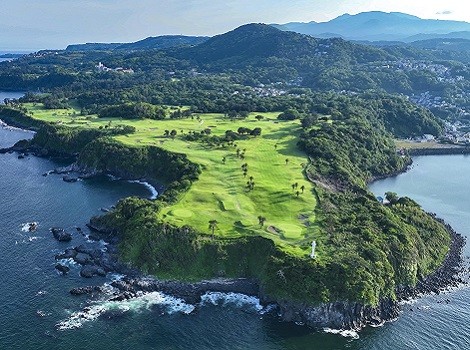
Sengoku Golf Course
Sengoku Golf Course was opened as a public course in 1917. It is the oldest public course in east Japan and the second oldest in the country. The strategic course provides a challenge to even the best of golfers thanks to a design that harnesses the natural topography of the Sengokuhara region.
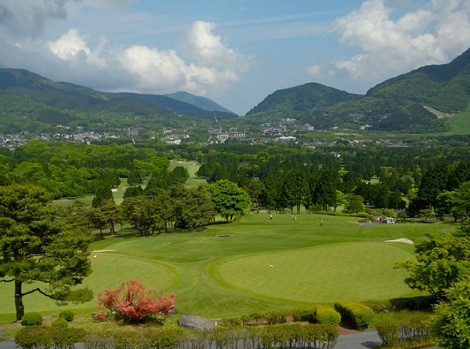
Tokoan(Zazen Meditation Guided)
Experience the traditional Japanese Zen practices of seated meditation (zazen) and shakuhachi flute meditation (suizen). Lenzan Kudo is your guide, a shakuhachi player whose work transcends borders between nations and musical genres. The venue for the experience is the historic retreat of Tokoan, ensconced in the secluded nature-rich Ashinoyu, Hakone, where scholars of ages past are said to have held gatherings between dips in the local hot spring. Here you can take in the sound of the shakuhachi bamboo flute as played by Lenzan, as well as try suizen, a form of ascetic Zen training performed with this instrument.
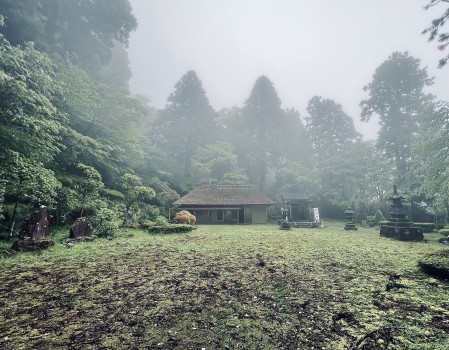
Hakone Mountain Ripper
A national park with many places of interest Hakone.
What kind of trip are you planning this time?
Make your stay in Hakone different from your usual holidays
In an effort to propose a satisfying, best ever holiday,
we have planned tours that provide an exceptionally relaxing time and extraordinary outdoor experiences
Come and experience the true Hakone with a lush natural environment that would make the whole world jealous through outdoor tours guided by a local.
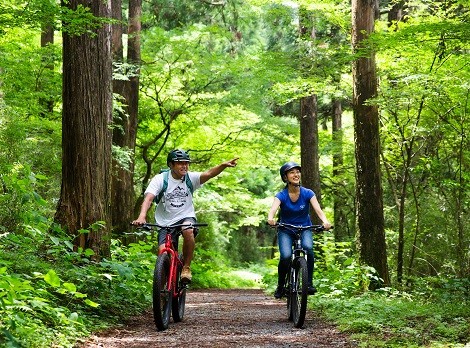
Mishima Skywalk
Mishima Skywalk is Japan's longest pedestrian suspension bridge with a total length of 400 meters. In addition to spectacular views of Mount Fuji, Suruga Bay, and the mountain ranges of Izu, there are plenty of activities in the forest across the bridge. We offer there the unusual experiences to satisfy both body and mind, where it is located only 10 minutes by car from Hakone Pass.
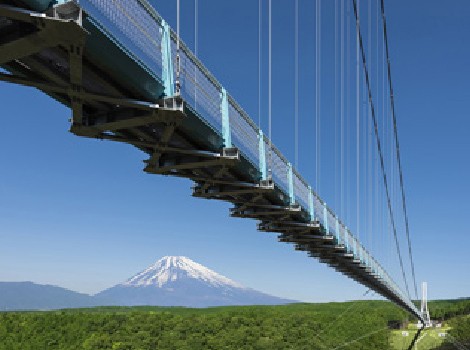
Fujiten Snow Resort
A full-fledged ski resort where you can enjoy skiing and snowboarding against the majestic backdrop of Mount Fuji.
In addition to seven different courses fun for everyone from beginners to advanced skiers, there is a well-equipped snow park with a wealth of items. For families with children in elementary school or younger, Chibikko Ai Land, an area specializing in sledding and playing in snow, is recommended.
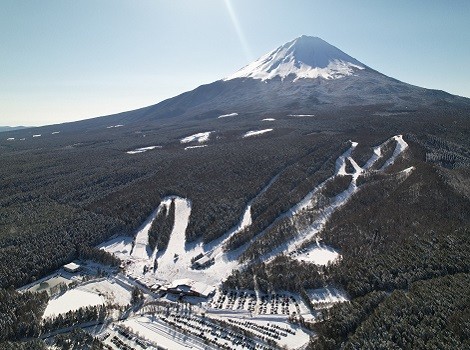
Garden
Hakone Botanical Garden of Wetlands
This unique botanical garden, which display most of the aquatic plants seen in japanese wetlands, was first established in 1976. The botanical garden is located in Hakone-Sengokuhara, 650m (2,200 feet ) above sea level.
The Garden, which was formerly a flat area containing rice paddies, is now a specially designed ecosystem consisting of man-made hills, rockeries, ponds, streams and several different types of moors.
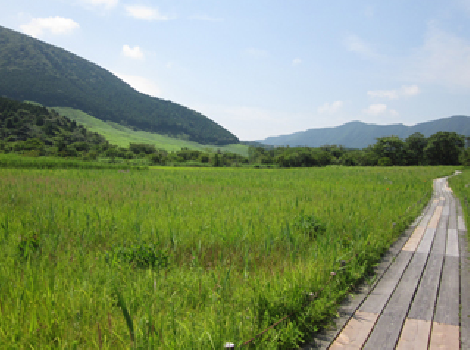
Hakone Gora Park
Japan’s first garden in the French style, opened in 1914 in Gora, the terminus of the Hokone Tozan railway line. French style formal gardens are usually on an expansive plot of level ground, with ponds and other features in symmetrical geometric shapes, but Gora Park is built on a slope. The wide-open space of the park, surrounded by mountains and open skies, is famous for its multitude of flowers. The park offers a range of facilities, such as the Tropical Plant Pavilion, a tea room, workshop studios, giving visitors a host of different experiences in the one place.
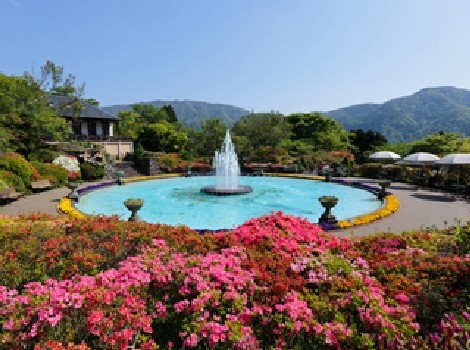
Nature
Lake Ashi
Lake Ashi is a lake located within the caldera of Mount Hakone. About 3,100 years ago, the eruption near Owakudani caused sediment to block the river flowing through Sengokuhara (known as Old Hayakawa), resulting in the accumulation of water upstream and the formation of the lake. Lake Ashi offers views of Mount Fuji and is popular both as a tourist destination and as a fishing spot for rainbow trout and smelt.

Lake Kawaguchiko
A lake sprawling at the foot of Mount Fuji. Enjoy majestic lakeside views of Mount Fuji surrounded by beautiful nature that changes with the season.
The area has walking trails and is well-equipped with facilities for such activities as cycling and canoeing.
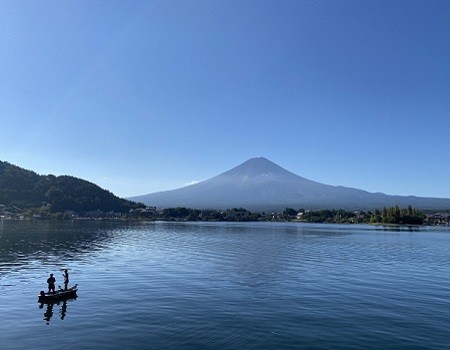
Mt. Fuji
An iconic symbol of Japan, registered as a World Heritage Site in 2013.
During the summer season (early July to early September), this mountain is bustling with climbers and offers a splendid 360-degree view from its summit.
*The 2023 climbing season has ended.
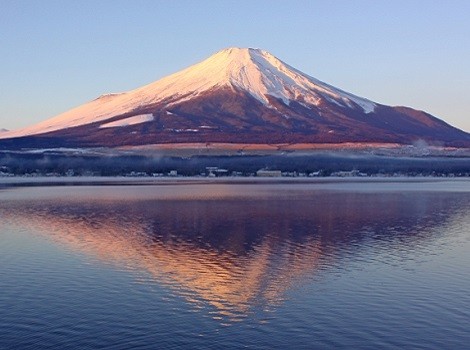
Mt. Kintoki
A mountain suitable for hiking novices, with each way taking about 2 hours. Enjoy lush natural sceneries and great views of Lake Ashi and Owakudani along the trail. On clear days, you can see Mount Fuji from the summit.

Oshino Hakkai
This area consists of eight ponds in the Fuji Five Lakes region, formed by clear springs rising from underground. It was registered along with Mount Fuji as a UNESCO World Heritage Site in 2013.
Fed by the meltwater of Mount Fuji, these ponds are exceptionally clear and pure.
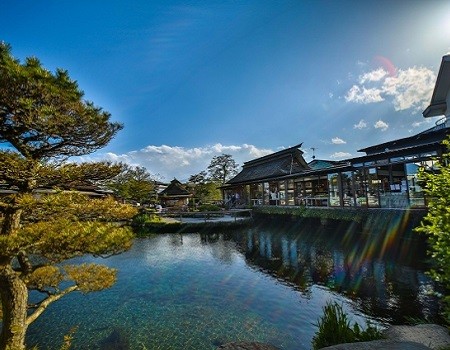
Owakudani
At Owakudani, thought to have been formed nearly 3,000 years ago by volcanic explosions and pyroclastic flow, you can still feel the power of volcanic activity to this day.
Enjoy magnificent views of Owakudani below and Mount Fuji in the distance from the ropeway as well.
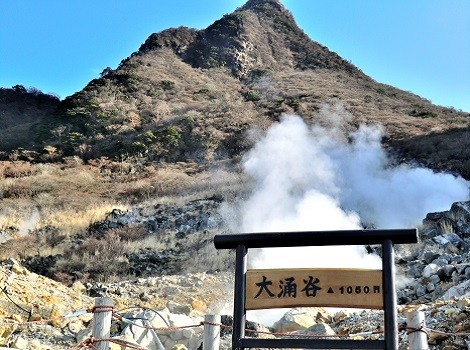
Sengokuhara Grasslands
At Susuki Meadow in Sengokuhara, selected as one of Kanagawa's Top 50 Scenic Spots and Kanagawa's 100 Best Flower Spots, grass covers the slopes of Mount Daigatake. Experience the powerful sight of the enormous flames rising during the early spring field burning at Susuki Meadow.

The Old Hakone Highway
During the Edo period, this was a notorious difficult passage known as Hakone Hachiri. Today, the cobblestone from Hatajuku to the lakeside has been preserved, letting you reminisce about days gone by as you stroll.
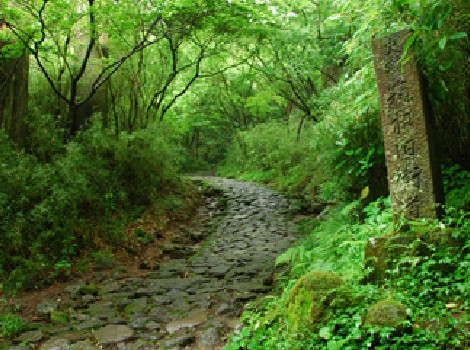
Art
Homma Parquet Museum of Art
Hakone Parquet is characterized by its intricate geometric patterns created by combining different wood grains and colors. Here, works collected since the Edo period are on display in an effort to pass down these historic and valuable parquet techniques and to prevent their disappearance. Experience the finest in Hakone parquet, created through a long history of traditional marquetry and the skills of master artisans.
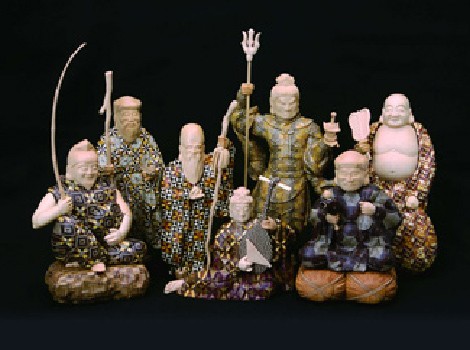
Narukawa Art Museum
This museum stands atop a small hill, surrounded by lush green trees. During your visit, step outside through the museum's front glass doors and take a stroll in the garden. Here, enjoy the best view in Hakone.
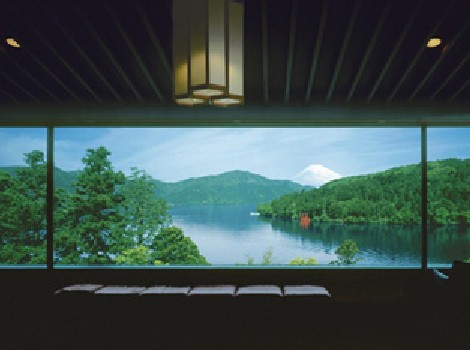
Okada Museum of Art
Constructed on the site of Kaikatei, a hotel for Westerners that existed during the Meiji era (approximately 6,300 m2). The building, spanning five floors, has a total floor area of around 7,700 m2, with an exhibition space covering nearly 5,000 m2.
Artwork from ancient to modern times, primarily from Japan, China, and Korea, are displayed in this vast venue.
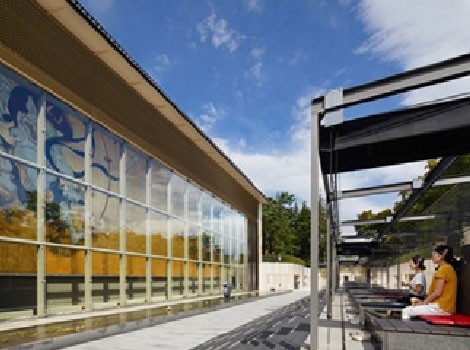
Pola Museum of Art
Opened in Hakone Sengokuhara in 2002, this museum houses nearly 10,000 pieces, primarily Impressionist and other Western paintings. Both temporary and permanent exhibitions are hosted.

The Hakone Open-air Museum
Experience the vast nature of Hakone as it changes with the seasons. The Hakone Open-Air Museum, making the most of its vast natural landscape, opened in 1969 as Japan's first open-air art museum.
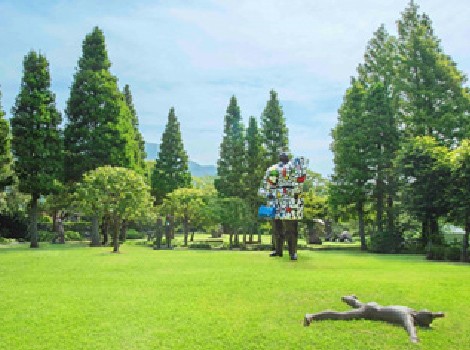
Venetian Glass Museum
The Hakone Venetian Glass Museum is Japan's first museum specializing in Venetian glass, situated in lush green Hakone Sengokuhara. (About 9 minutes by car)
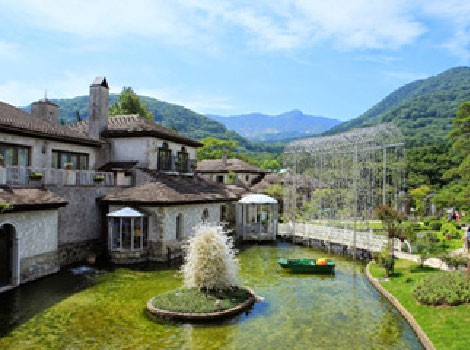
Craft
Hakone Crafthouse
Hakone Craft House is located in Hakone Gora Park. Hands-on workshops in glassblowing, pottery, sandblasting, dragonfly beading, and pottery painting let you create original pieces under the guidance of instructors.
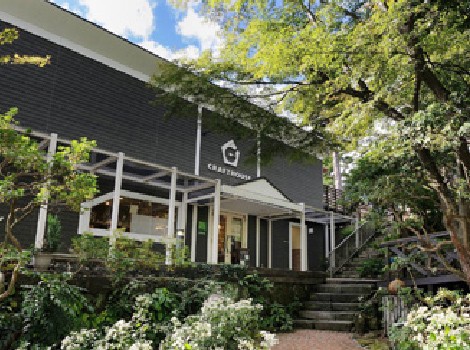
Ropeway
Hakone Ropeway
Enjoy scenic aerial ride overlooking Owakudani Valley and the beautiful Mount Fuji from the Hakone Ropeway. Gondolas seating up to 18 passengers run nearly every minute, connecting Sounzan Station, via Owakudani Station and Ubako Station, to Togendai Station on the shores of Lake Ashi in about 25 minutes.
Sounzan Station, Ubako Station, and Togendai Station each have free parking nearby.
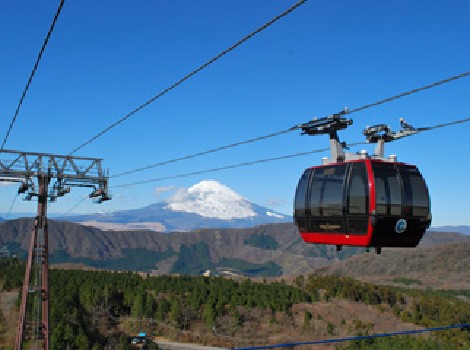
Pleasure Boat/Water-bus
Hakone Lake Ashi Pleasure Boat
The Hakone Ashinoko Sightseeing Cruise entered service as Japan’s first catamaran in 1961. Currently, three catamarans operate on Lake Ashi. Catamarans boast twice the space of standard vessels and have superior stability. On the deck, enjoy a 360-degree panoramic view for a leisurely lake cruise.

Hakone Sightseeing Cruise
The pirate ship connects Togendai Port to Hakone-Machi Port and Moto-Hakone Port in about 25-40 minutes. The view of Hakone from the lake is truly stunning. Inside the ship is 3D art and pirate puppets, making it fun for children and adults alike.
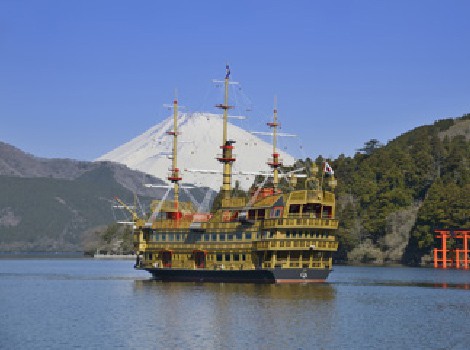
Ninja Bus
A highly anticipated new attraction in the Hakone and Lake Ashi area! Experience the lush nature of Hakone town on a state-of-the-art land and water bus that revives the ninja spirit for the modern era.
Experience a land and water bus featuring a unique concept.
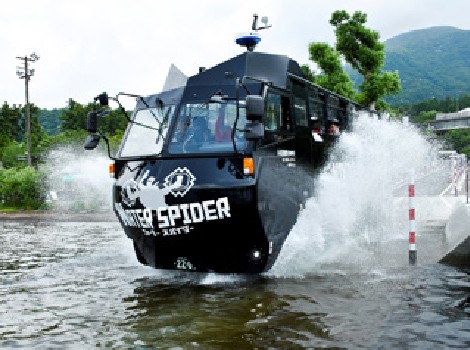
Shop
Gotemba Premium Outlets
The largest outlet mall in Japan comprised of some 290 stores, with a view of Mt. Fuji, a world's cultural heritage.
There are also a hotel and a hot spring bathhouse within the premises of the mall. It’s a shopping resort you can enjoy all day long.
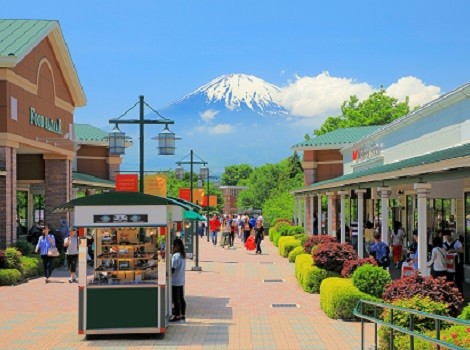
Karakuri Museum from Hakone Japan
We have Japanese traditional crafts, yosegi marquetry.
Various yosegi items are available, including “secret puzzle boxes,” which cannot be opened unless parts are slid in a certain order, and zogan wood inlays. As these “Hakone yosegi marquetry” crafts are popular not only as souvenirs of Hakone, but also as gifts for foreigners, they make a perfect souvenir to take overseas.

Restaurant/Café
Amasake Chaya
A teahouse established over 400 years ago along the old Hakone road (a part of Tokaido road, a trail between Tokyo and Kyoto, the former capital of Japan), which was called “Tenka no Ken (arduous mountain pass).” The current owner is the 13th generation running the business.
Their specialty is amasake (a traditional sweet drink made from fermented rice), which is being made with the method that hasn’t changed since its establishment.
There remains an old stone paved road from the Edo Period (1603 - 1868) nearby the teahouse. How about taking a stroll on it, thinking about what it was like in the old times?
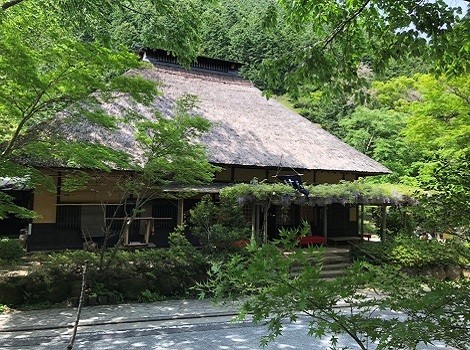
History/Shrine
Hakone Sekisho
Hakone Sekisho, originally built by the Tokugawa Shogunate on the Tokaido Highway during the Edo period, probably at 1619, was restored to its original form in 2007. Visitors can have fun learning about the Edo period from a variety of perspectives.
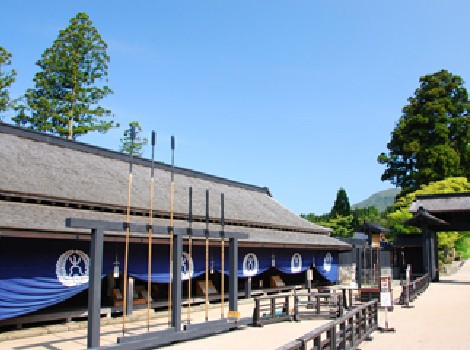
Hakone-jinja shrine
Known for its divine blessings of wealth, good fortune, business prosperity, and matchmaking, this shrine is widely recognized as the dragon god of Lake Ashi. On the 13th of the month, people from across Japan visit the main shrine for its monthly festival. A new Kuzuryu Shrine is located within the precincts of Hakone-jinja shrine as well.
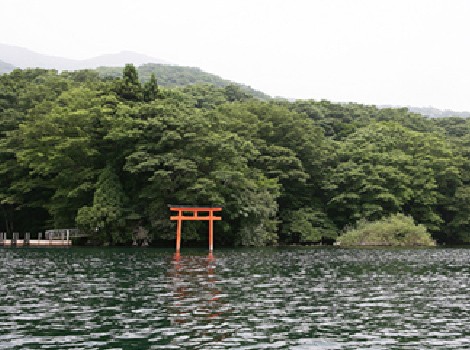
Histric monuments
Odawara Castle
Odawara Castle, thought to be built in the mid-15th century, was reconstructed in 1960 and serves as a symbol of the city of Odawara, Kanagawa. Parts of the Odawara Castle ruins have been designated national historical sites.
With historical presentations, displays of armor, and ninja experience facilities, this castle is fun for the whole family.
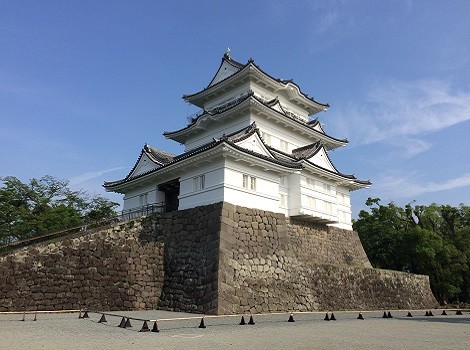
Shrines and Temples
Choanji Temple
A temple in a quiet setting surrounded by nature, established in 1356 Stroll through the beautiful sceneries of the garden as it changes with the season.
Built in the tranquil, majestic atmosphere of a bamboo forest, the 500 Arhats (500 disciples of Buddha that, through training at Buddhist temples, attained the highest human rank, called "arhat") continue to be built to this day, with each and every statue showing a different facial expression.
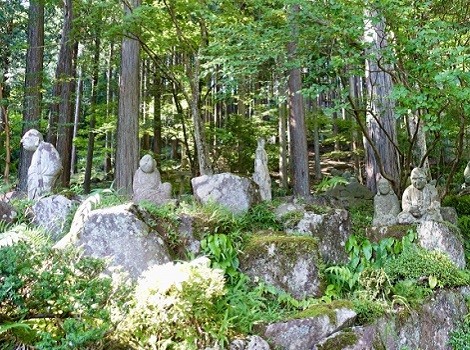
Josenji Temple
Josenji Temple is a Soto Zen Buddhist temple founded in 1583 by Rikin Bunsothu and rebuilt in 2004 by the current 23rd monk, Shodo.
Visitors can participate in Zen meditation experiences and a monthly “Breakfast Porridge Meetup” (an event featuring prayers for health and safety as well as a vegetarian breakfast).
